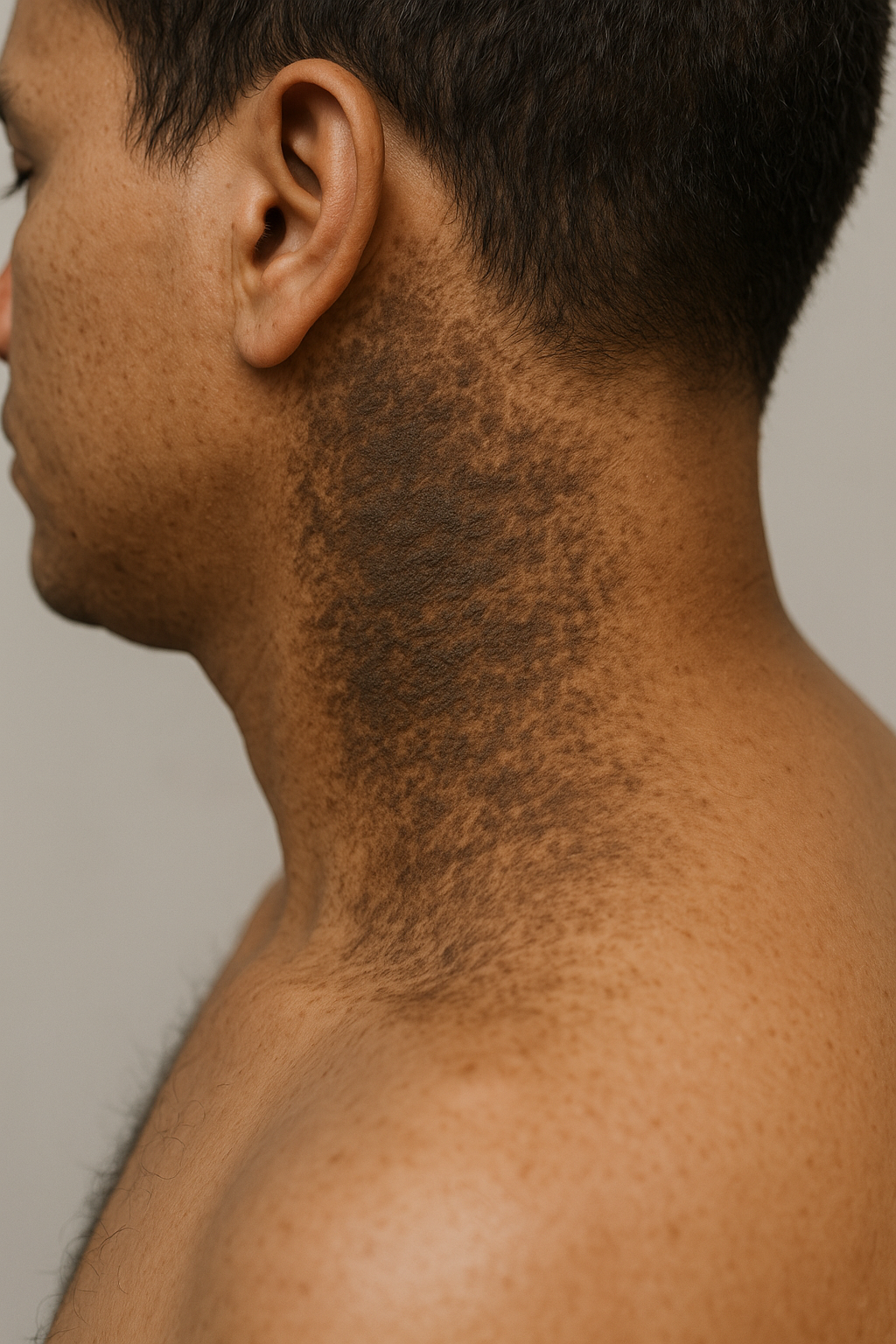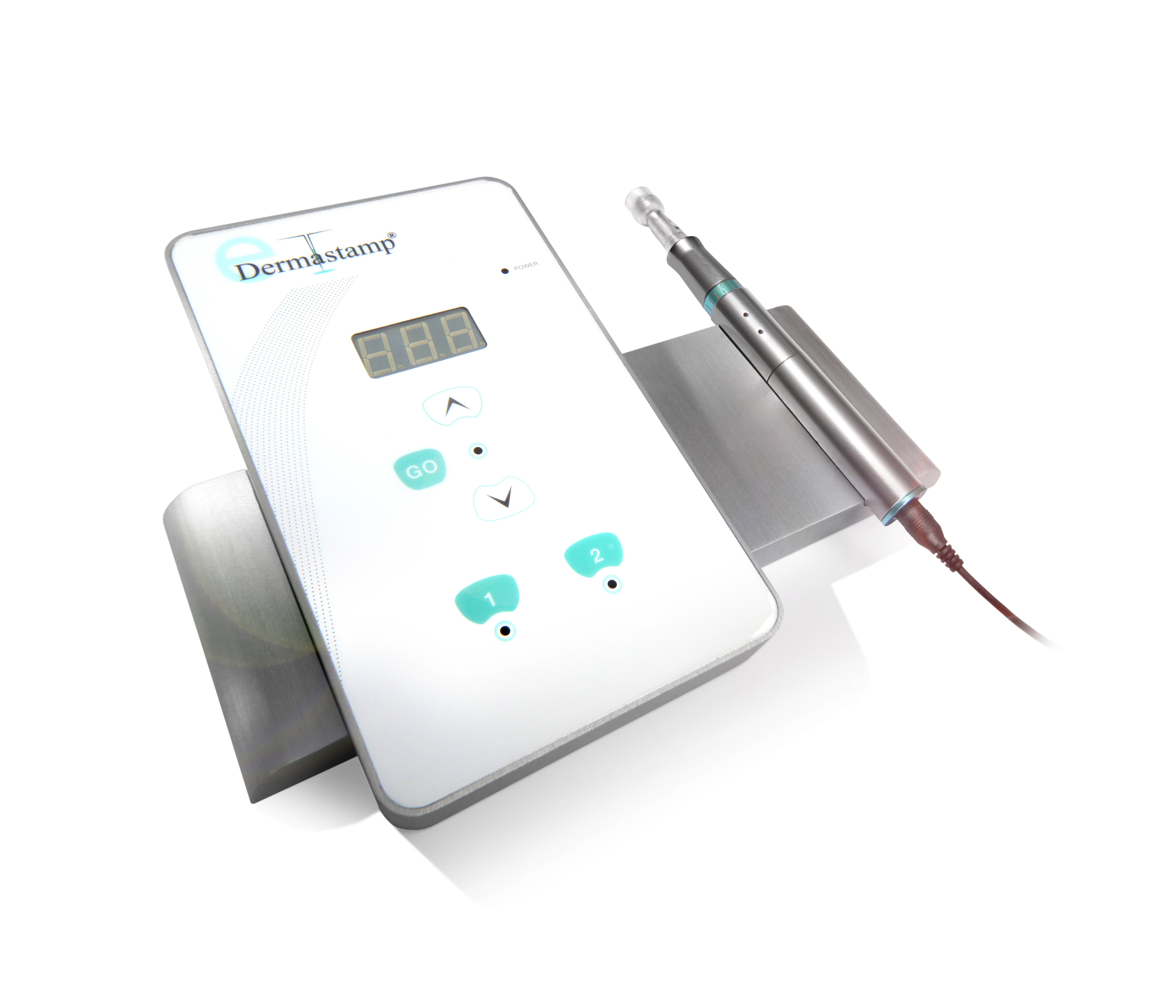Platelet-rich plasma (PRP) is an advanced treatment that harnesses the body’s natural healing mechanisms by concentrating platelets in a small volume of plasma. Used primarily in wound healing and aesthetic medicine, PRP is also referred to as autologous platelet gel, plasma rich in growth factors (PRGF), and platelet concentrate (PC). By isolating and enhancing the platelet content from a patient’s own blood, this technique provides a regenerative solution that promotes tissue repair, skin rejuvenation, and hair restoration.
Blood is primarily composed of red blood cells (RBC), white blood cells (WBC), and platelets suspended in plasma. In its normal state, the blood contains approximately 93% RBCs, 1% WBCs, and 6% platelets. However, when processed into PRP, the RBC count is significantly reduced, while the platelet concentration is increased to nearly 94%, making it three to eight times richer in platelets than standard blood composition. Since PRP is derived from the patient’s own body, it is considered autologous, which minimizes the risk of immune reactions, transmissible infections, and allergic responses.
The process of obtaining PRP involves drawing a small sample of blood from the patient’s arm, which is then placed into a centrifuge. This machine spins the blood at high speed, separating its components based on density. The speed and duration of this centrifugation process are critical to ensure that the platelets remain intact and highly concentrated. Once separated, the platelet-rich portion of the plasma is extracted for therapeutic use. In some protocols, an activating agent such as calcium chloride is added to stimulate the platelets before application. Commercially available systems, such as RegenLab, provide reliable methods for preparing PRP in both clinical and hospital settings.
Platelets are widely recognized for their role in blood clotting. When an injury occurs, platelets activate and form clots to prevent excessive bleeding. However, beyond their clotting function, they serve as biochemical reservoirs containing growth factors and signaling molecules essential for tissue repair and regeneration. These properties make PRP an invaluable tool in medical and cosmetic treatments.
As a regenerative therapy, PRP is safer than allogeneic (from a donor) or homologous (from another species) preparations. It carries no risk of transmitting infections such as HIV, hepatitis, or Creutzfeldt-Jakob disease and eliminates concerns about antibody formation, graft rejection, or host immune response.
PRP has a profound effect on wound healing due to the release of growth factors upon platelet activation. These growth factors include platelet-derived growth factor (PDGF), transforming growth factor-beta (TGF-β), vascular endothelial growth factor (VEGF), epidermal growth factor (EGF), fibroblast growth factor-2 (FGF-2), insulin-like growth factor (IGF), and various cytokines. Together, these molecules accelerate tissue repair by attracting stem cells, promoting new blood vessel formation, suppressing excessive inflammation, and supporting epithelialization.
The use of PRP in dermatology and wound healing has expanded significantly. It has shown promising results in the treatment of venous and arterial leg ulcers, diabetic foot ulcers, pressure sores, skin graft donor sites, and burns. Additionally, PRP is frequently used to enhance healing after surgical procedures, reduce post-traumatic scarring, and aid in facial rejuvenation. In the field of trichology, PRP has been demonstrated to stimulate hair growth by reactivating dormant hair follicles, particularly in cases of androgenetic alopecia.
In aesthetic dermatology, PRP injections are used to improve skin texture, reduce wrinkles, and enhance overall skin tone. When combined with other cosmetic procedures such as facelifts, dermal fillers, or fractional laser treatments, PRP enhances healing and optimizes results. Areas commonly treated with PRP for rejuvenation include the cheeks, under-eye region, jawline, neck, hands, elbows, knees, and even post-pregnancy stretch marks. The treatment is also being explored for its potential benefits in ocular and urological conditions, as well as in sports medicine and dentistry.
Since PRP is derived from the patient’s own blood, it is immunologically neutral, making it a safe treatment option with minimal risk of adverse reactions. However, strict sterile techniques must be followed throughout the preparation and application process to prevent contamination and infection. This precaution is particularly important for patients with underlying medical conditions that make them more susceptible to infections.
The application of PRP can be performed through intralesional or perilesional injections, or by mixing it with autologous thrombin to create a platelet gel for topical application. When injected intradermally, PRP may cause a temporary inflammatory response at the injection site. In rare cases, nerve trauma may occur as a complication of the procedure.
Despite its versatility, PRP is not suitable for all patients. Contraindications include critical thrombocytopenia (a dangerously low platelet count), hypofibrinogenemia, severe hemodynamic instability, sepsis, acute or chronic infections, chronic liver disease, and ongoing anticoagulant therapy with medications such as warfarin or heparin.
Scientific evidence supporting PRP therapy continues to grow, though most available data come from case studies rather than large-scale clinical trials. Several studies have demonstrated the effectiveness of PRP in accelerating the healing of chronic wounds, improving the appearance of scars through fat grafting, and promoting skin regeneration with nonablative laser treatments. Reports have shown that patients with moderate wrinkling due to sun exposure or aging experience noticeable skin texture improvements within three weeks of PRP treatment, with continued enhancement over the following months.
Overall, PRP represents a revolutionary approach in regenerative medicine, providing a natural, safe, and effective way to stimulate tissue healing and skin rejuvenation. As research continues to explore its full potential, PRP is poised to become an even more integral part of dermatological treatments, offering patients a promising alternative to traditional therapies.



